Hydroxypropyl Methylcellulose (HPMC): A Multifunctional Marvel in Industries
Hydroxypropyl Methylcellulose (HPMC) is a versatile compound that has found its way into an array of industries due to its unique properties and diverse applications. This comprehensive article aims to illuminate the characteristics, functionalities, and wide-ranging uses of HPMC, highlighting its significant contributions across various sectors.
Grasping the Basics of Hydroxypropyl Methylcellulose (HPMC)
A Modified Cellulose Derivative
Hydroxypropyl Methylcellulose (HPMC) is derived from cellulose, a natural polymer found in plant cell walls. Through chemical modification, hydroxypropyl and methyl groups are introduced to enhance its solubility and performance properties.
Solubility and Versatility
HPMC exhibits exceptional solubility in water, making it a readily dispersible compound that finds application in a variety of contexts. Its versatility arises from its ability to modify its viscosity and gelation behavior based on concentration and environmental factors.
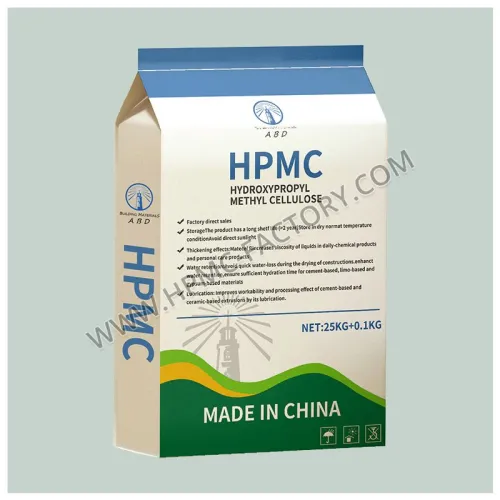
Diverse Applications of HPMC
Pharmaceutical Formulations
In the pharmaceutical industry, HPMC is a crucial ingredient in drug formulations. It acts as a binder in tablet manufacturing, ensuring the cohesion of ingredients. Additionally, it serves as a controlled-release agent, influencing the rate at which drugs are released in the body.
Construction and Building Materials
HPMC plays an essential role in construction materials, including cement-based products like mortars, renders, and tile adhesives. It enhances workability, water retention, and adhesion, contributing to the quality and durability of these materials.
Food and Beverage Industry
In the food industry, HPMC acts as a thickening agent, stabilizer, and emulsifier. It contributes to the texture, viscosity, and appearance of various food products, such as sauces, dressings, and baked goods.
Additional reading:Applications of Silicone Hydrophobic Powder
Unlocking the Magic of Hydroxypropyl Methylcellulose: A Game-Changer in Modern Industry
What is lixisenatide medicine used for?
Who Are The 30 Best Paint Tool Suppliers?
Boost Your Phenol Alkylation Plant's Efficiency with Steric Considerations
What is RDP Powder Used For?
What is salicylic acid in skin care?
Personal Care and Cosmetics
HPMC finds application in personal care products, including shampoos, creams, and lotions. It functions as a film-forming agent, enhancing product adhesion to the skin or hair. Additionally, its viscosity-controlling properties contribute to the desired consistency of cosmetic formulations.
Paints and Coatings
HPMC is used in paints and coatings to modify rheological properties, improve pigment dispersion, and enhance spatter resistance. It contributes to the stability and overall performance of these products.
Medical and Biomedical Uses
In medical and biomedical applications, HPMC is employed in controlled drug delivery systems, wound dressings, and tissue engineering scaffolds. Its biocompatibility and customizable properties make it suitable for various medical contexts.
Customizing HPMC for Specific Applications
Viscosity and Gelation
The concentration of HPMC in a solution influences its viscosity and gelation behavior. This allows for tailoring the material's consistency and performance based on the requirements of the specific application.
Substitution Level and Molecular Weight
The degree of substitution (DS) and molecular weight of HPMC impact its properties, such as solubility, water retention, and film-forming ability. These factors can be adjusted to achieve desired characteristics in different formulations.
pH and Temperature Sensitivity
HPMC's properties can be engineered to respond to changes in pH and temperature. This feature is advantageous in applications where controlled release, gel formation, or viscosity changes are desired under specific conditions.
Conclusion
Hydroxypropyl Methylcellulose stands as a versatile and influential compound that has made its mark across numerous industries. Its exceptional solubility, customizable properties, and wide-ranging applications make it a go-to ingredient in pharmaceuticals, construction, food, cosmetics, and beyond. As technology advances and industries evolve, HPMC's role in shaping innovative products and processes remains steadfast.
Additional reading:Demystifying Calcium Dodecyl Benzene Sulfonate: What Is It and How Is It Used?
Adhesive Tape vs. Liquid Adhesives
What are the advantages of acrylic emulsion?
Are Nonionic Surfactants Safe for Your Skin? Dermatologist's Insights
Does Ivermectin kill fleas?
Methyluracil Ointment: A Versatile Topical Medication for Skin Health
How is formaldehyde produced in a formaldehyde plant?
200
0
0
Related Articles


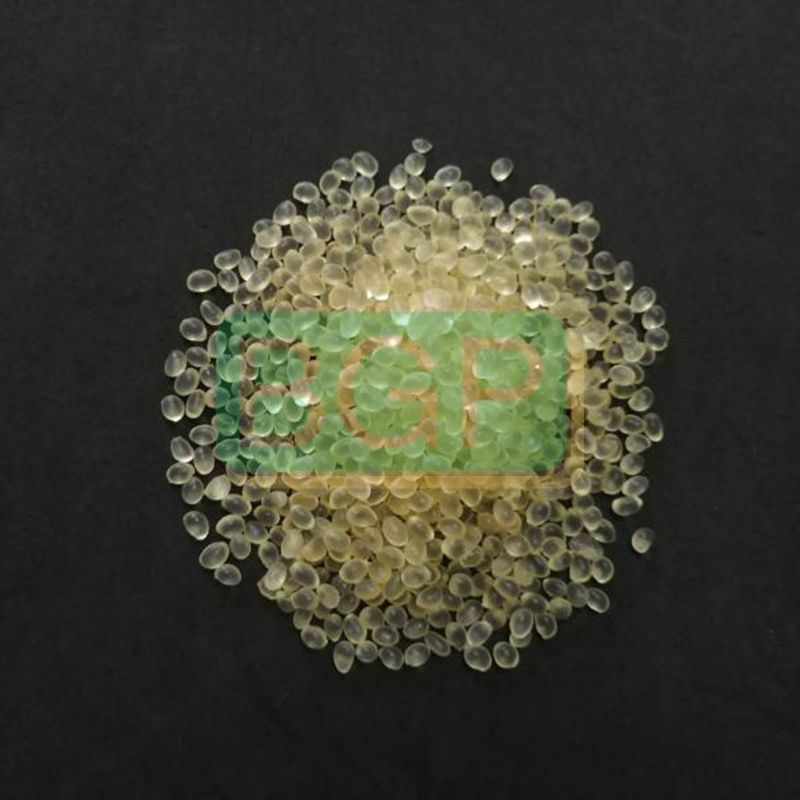
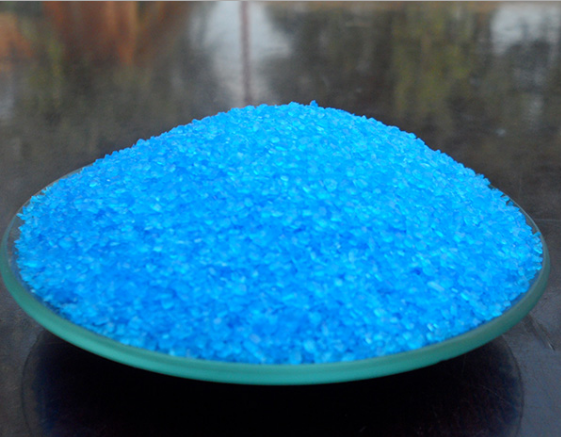
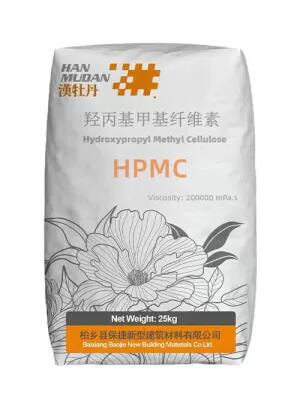



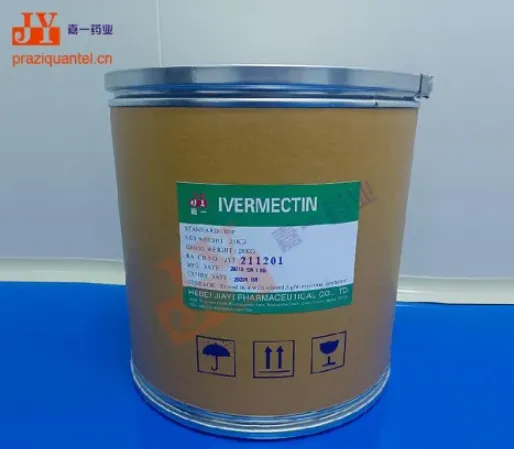

Comments
All Comments (0)